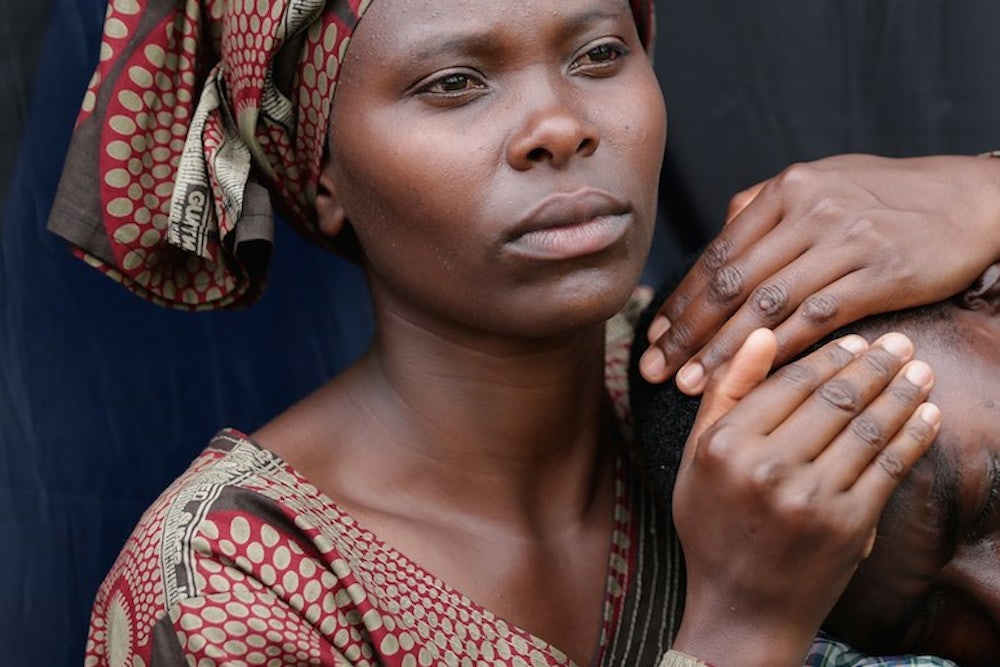KIGALI — Twenty years ago, on April 6, 1994, a plane carrying the president of Rwanda was shot down by still unknown assailants, the trigger for one of the deadliest genocides since the Holocaust. A powerful faction of Hutu radicals proceeded almost immediately to kill political opponents and then launched a coordinated campaign to eliminate the Tutsi minority inside the country, with the support of a new provisional government. Within three months, up to a million Rwandans, predominantly Tutsi, were dead.
As the solemn anniversary is marked over the next 100 days here and around the world, there will undoubtedly be special focus on the failures of the United Nations and countries like the United States and France to halt the killing. Much less attention will be devoted to the missed opportunities to prevent the genocide in the first place.
Starting in 1990, when a Tutsi-led rebel force launched an invasion from Uganda, those who followed the country closely were aware of the potential for extreme violence. In 1992, for instance, an analyst for the U.S. State Department’s Bureau of Intelligence and Research cited the "threat of genocidal violence" as a possible outcome of the Rwandan crisis in the event of the lack of a durable peace deal between the Hutu-dominated government and the rebels.
Concern escalated after United Nations peacekeepers were deployed in Rwanda in the year before the genocide. General Roméo Dallaire, head of the U.N. peacekeeping force, repeatedly sought to alert his superiors in New York to the growing risk of mass violence. In February 1994, he reported that time is “running out for political discussions” and “any spark on the security side could possibly have catastrophic consequences.” Around the same time, the Belgian foreign ministry sent a letter to the United Nations, warning that the failure to strengthen Dallaire’s forces could result in a "new bloodbath" in Rwanda.
As the dispatches indicate, the immediate years before the genocide in Rwanda saw the confluence of a large number of dangerous circumstances which were clearly visible to many officials even before the president’s plane was shot down.
The concerns included a civil war that posed a threat to the ruling Hutu elite; a history of atrocities against Tutsis; a break-down in law and order; and perhaps most notably, the growth of an extreme “Hutu power” movement that demonized the Tutsi minority with vile speech, orchestrated pogroms that foreshadowed more massive violence and came to see the Tutsis as an existential threat could only be dealt with by the most extreme strategy.
Various explanations have been put forward for the failure of senior policy-makers to act on the warnings. In the U.S. case, for instance, blowback from a failed Somalia peacekeeping mission made policymakers chary of getting involved in Rwanda. Declassified documents show that high-level officials paid practically no attention to the crisis until it was too late.
The question is whether we have mended our ways over the past two decades, as threats of genocide and other mass atrocities continue to surface in places as diverse as Sudan and South Sudan, Syria, Burma, and the Central African Republic. Can we act preventively instead of waiting for a crisis to boil over?
The answer, unfortunately, remains uneven.
On the one hand, the creation of a U.S. government Atrocities Prevention Board and a U.N. Office on the Prevention of Genocide has helped focus attention of senior policy-makers on threats that might have drawn little notice in the bureaucracy two decades ago. In those countries experiencing extreme violence, like the Democratic Republic of Congo, United Nations peacekeeping troops are operating under less restrictive rules of engagement than were imposed on Dallaire’s forces in April 1994. And in some cases, the Security Council has shown more willingness to act, as in recent years when it moved to send additional peacekeepers to South Sudan and the Cote d’Ivoire after the first signs of violence.
Of course, the Security Council’s ongoing divisions hamper effective action in the most serious cases of mass atrocity, such as Syria today, where geopolitical interests of world powers diverge and the body count has risen exponentially. The best opportunities for prevention were early in that crisis, and they were clearly missed.
Political will remains a huge issue. The Rwandan tragedy was not largely the result of a lack of knowledge—although better intelligence is always useful—but a lack of leadership from institutions and countries that should have done better when they had the opportunity to make a difference. The leaders who might have seized on the multiple warnings of looming catastrophe were otherwise preoccupied and unwilling to act.
Leaders like Bill Clinton and Kofi Annan have been open in their contrition over the mistakes they made two decades ago. Have their successors learned their lesson?
